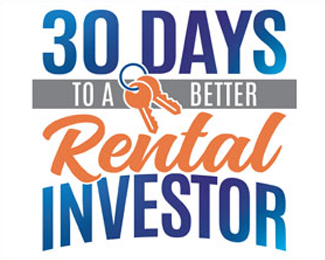

Is It Time to 1031 Exchange? How to Roll Profits Into Your Next Investment
If you’ve made a profit selling an investment property, you might be wondering: Is it time to do a 1031 exchange? This powerful tax strategy allows you to defer capital gains taxes and reinvest your profits into a new property — helping you grow your real estate portfolio faster.
What Is a 1031 Exchange?
A 1031 exchange (named after IRS Code Section 1031) lets you sell one investment property and buy another “like-kind” property without immediately paying capital gains tax on the sale. Instead, you defer the taxes by rolling those profits into your next investment.
When Should You Consider a 1031 Exchange?
- You want to avoid a big tax bill from selling a property.
- You want to upgrade or diversify your real estate portfolio.
- You’re ready to reinvest your profits to build long-term wealth.
- You plan to keep investing in income-producing real estate.
Tools That Help You Invest Smarter, Not Harder
Key Rules to Know
- Like-Kind Property: The new property must be similar in nature or use (mostly any real estate held for investment or business).
- 45-Day Identification Period: From the sale of your property, you have 45 days to identify potential replacement properties.
- 180-Day Purchase Period: You must close on the new property within 180 days of selling the original property.
- Use a Qualified Intermediary (QI): You can’t take possession of the sale proceeds — they must go through a QI who facilitates the exchange.
How to Successfully Roll Your Profits Into Your Next Investment
- Plan Ahead: Consult with a tax professional or 1031 exchange expert before selling to ensure eligibility and compliance.
- Identify Replacement Properties Early: Research and have a shortlist ready to meet the 45-day deadline.
- Work With Experienced Professionals: A real estate agent, attorney, and exchange facilitator who know the 1031 process will smooth the way.
- Understand Your Investment Goals: Choose your replacement property wisely — it should align with your financial and long-term goals.
- Be Mindful of Financing: If you use a mortgage, the debt on your new property should be equal or greater than the old one to fully defer taxes.

Final Thoughts
A 1031 exchange can be a game-changer for real estate investors, allowing you to defer taxes and keep growing your portfolio without losing hard-earned profits. But it requires careful timing, strict compliance, and the right professional support.
If you’re thinking about selling an investment property, ask yourself: Is now the time to 1031 exchange and roll my profits into the next opportunity?
Want a step-by-step 1031 exchange checklist or tips on choosing replacement properties? I’m here to help! Just let me know.
Level Up Before You Trade Up
If you’re thinking about a 1031 exchange, it’s the perfect time to sharpen your rental investing skills.
Coach Carson’s 30 Days to a Better Rental Investor is a step-by-step course designed to help you grow smarter, stronger, and more confident as you scale your portfolio. Whether you’re upgrading into a bigger deal or shifting your strategy, this course gives you the clarity and systems to make your next move your best one.
📅 30 daily lessons to help you improve fast
🛠️ Templates, action steps, and real-world tools
📈 Ideal for new and experienced investors looking to grow






